"Everything has beauty,
but not everyone sees it."
Confucius
As we document children within our Kindergarten program I am always amazed at the depth of their ability to see the beauty around them. Their wonder and awe at the world which invites them to engage in a dialogue of creating understanding. As the children enter into relationship with the materials in their environment they begin a process of observing, exploring, discovering, and then rethinking and reimagining ideas. Children often repeat, rework, reconsider, and then make new connections to previous ideas to represent their thinking in a multitude of ways. This was evident throughout this inquiry into the beauty of a rose. Allowing the children time to move through this process at their own pace was paramount to authentically moving their thinking forward. The children were offered support and guidance in response to their daily explorations. Through artistic creation, their image of the rose became visible to those who could see its beauty. Below is the documentation collected to preserve the children's thinking for reflection and celebration of their learning.
After shared learning time while working in her journal, one of the children drew roses. A friend became interested in her roses and they discussed her drawing. When they were finished with their drawings, the friend asked if she could use the iPad to look at photos of roses. After selecting an image of beautiful roses, she went to the crayon caddy and selected two colours of crayons that matched the colours of the roses in the photo on the iPad. She placed red and pink crayons on the table. She drew pink roses on her paper. The two girls call a peer over to the table to see the image of the roses that they discovered. It was a GIF of the Beauty and the Beast rose. After observing the GIF, one of the children left and returned to the table after visiting the art materials shelf with pink paper, a pencil, and a pair of scissors. She drew roses inspired by the iPad image and then proceeded to cut them out. This was the beginning of an interest in roses. A friend joined the girls at the table and they continued to view a variety of images of roses on the iPad.
This interest in viewing roses on the iPad continued for several days. Each play block, the girls would ask for the iPad. I offered them oil pastels to document through drawing their observations of the roses. As they explored this artistic medium their conversation centered around the effects of the oil pastels on the paper. Often I observed them using their fingertips to feel the layers of pastel on the paper. Each day the girls returned to the inquiry table to draw roses. I offered some cut roses from my garden for the children to investigate. They were added to the inquiry table and this inspired more drawings and discussion. The children’s initial drawings reflected their understanding of how flowers look when drawn. They began by creating a central circle and adding petals around the centre circle. Then they would add a stem for each flower bloom.
We shared the children’s drawings and photos of their investigations while observing the roses and rose petals with the children. Then we invited them to discuss their ideas about what interested them about the roses. One student shared, “Because I like them they are red and pink.” Her friend added, “That they are red.” Then another peer said, “It’s beautiful. My mom has a rose.” We continued to share the photos of the children and the roses allowing time for the children to look at each photo we projected. One of the boys thought, “It looks like a rose treehouse. There are stairs in there.” A peer shared, “It looks like the Beauty and the Beast.” She had made the connection between the GIF that the children were so interested in and her previous knowledge of the Disney movie. Then we shared the blue rose GIF with the children.
One of the children wondered, "How are those roses blue?"
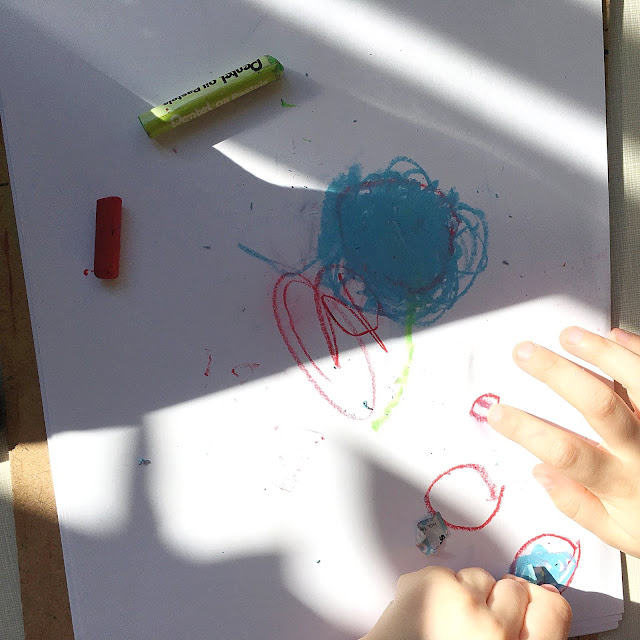
One of the students presented her blue rose oil pastel drawing to the children the following day. She shared, “These are the roses that were going to bloom because they are not.” I inquired about the rain in her drawing. A friend quickly said, “So they can grow.” Then another peer added, “Sun and rain help the flowers grow.” The friend spoke again and shared, “They can grow with sun and rain.” I wondered aloud, “What if they don’t have sun and rain?” She replied, “They won’t grow.” Her peer added, “The flowers will dry up and die.” A new friend joined the conversation and said, “When flowers die and the water comes they won’t die.” It was interesting to hear the children’s understandings of the needs of flowers. Would they want to investigate this further? Was this the interest that was driving this investigation? Perhaps in the spring this interest will re-emerge and develop further. We would continue to document and discuss their ideas providing time, materials and opportunities to share theories about the roses.
A Gallery of Roses
Sensory Play
Exploring Rose Petals
Rose Petals Illuminated
The rose petals were offered to the children on the light panel to further engage them in the process of observing the changes in their appearance.
"The beauty of the rose lasts but a moment but its memory can last a lifetime."
Unknown


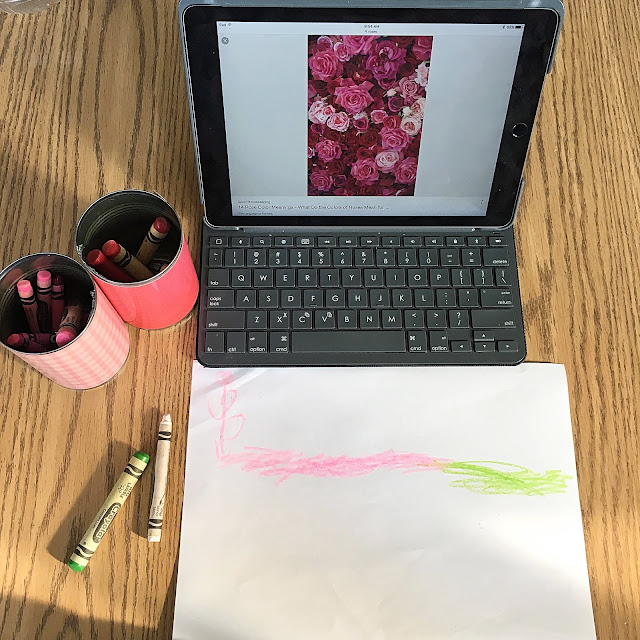
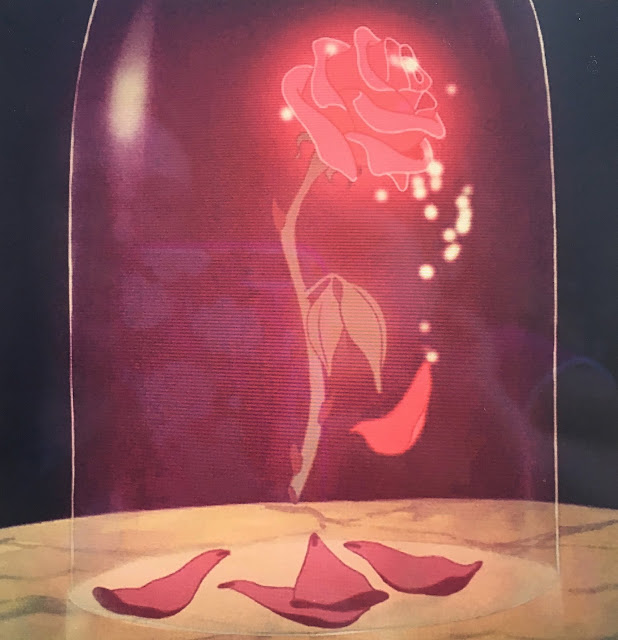
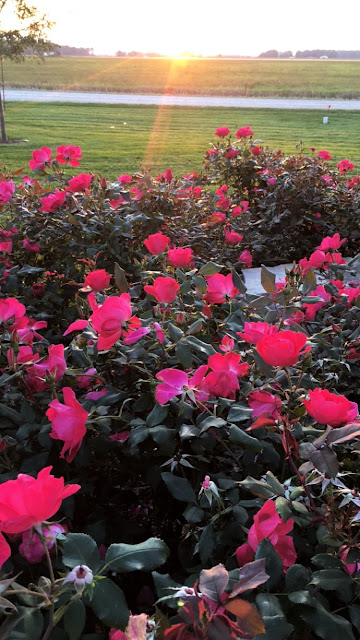
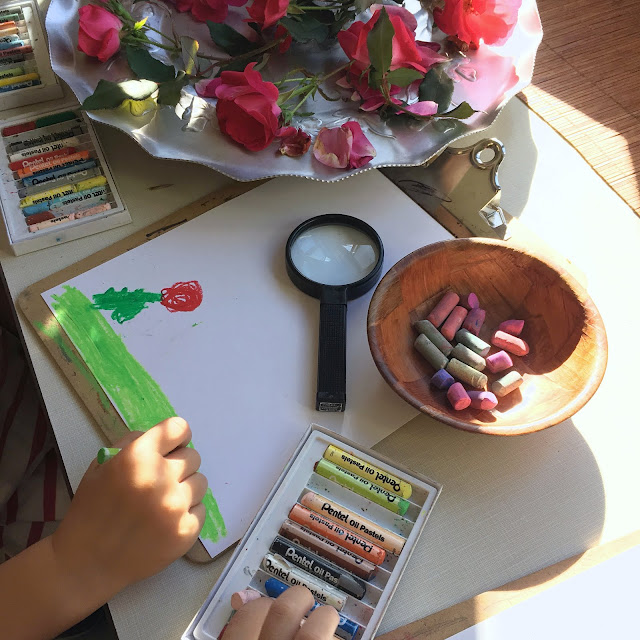
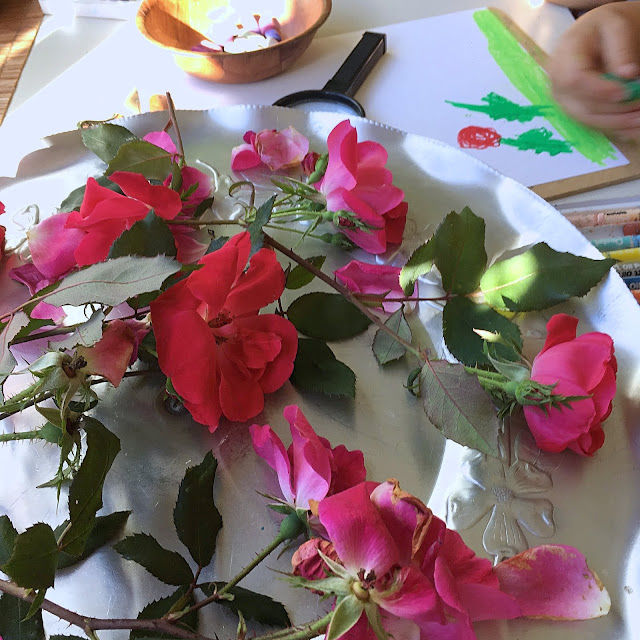
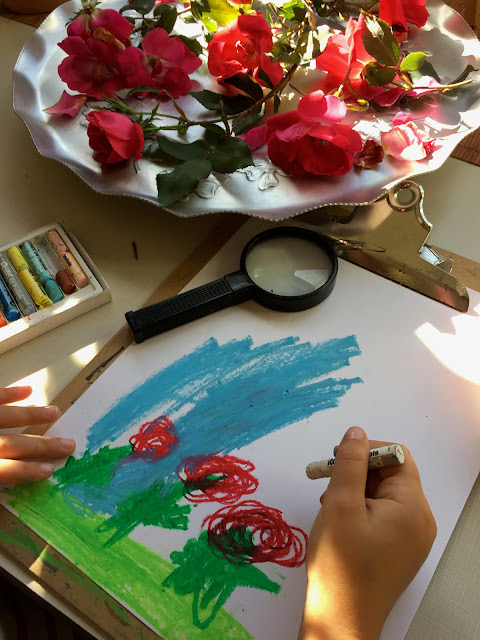
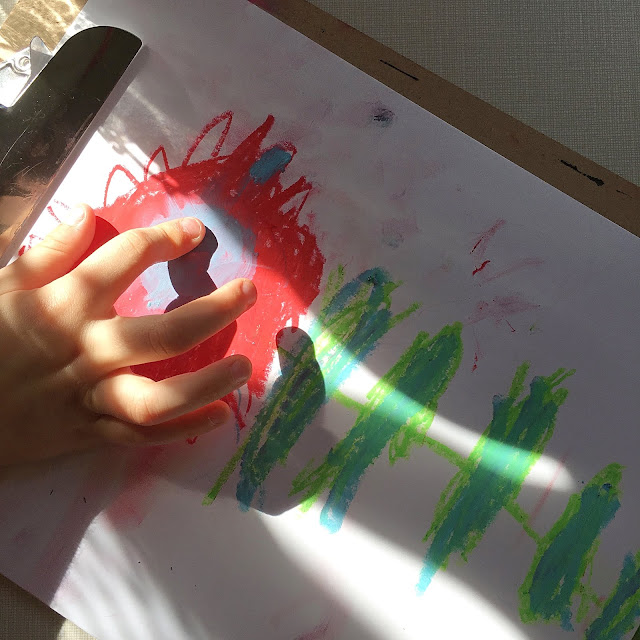
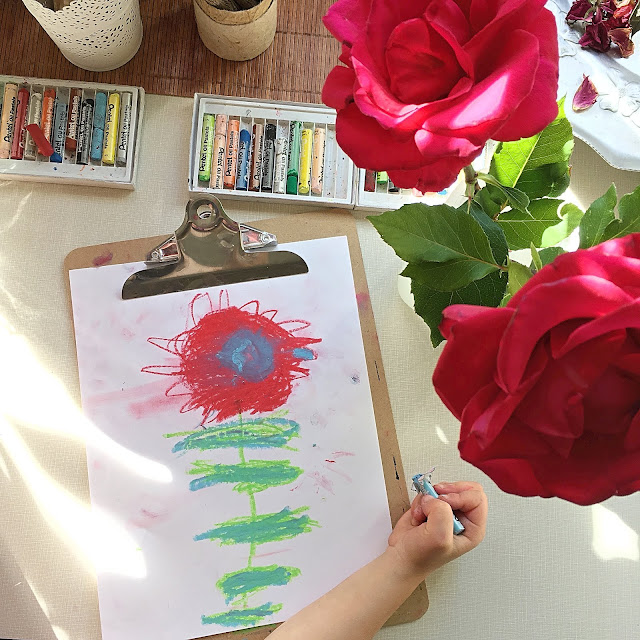

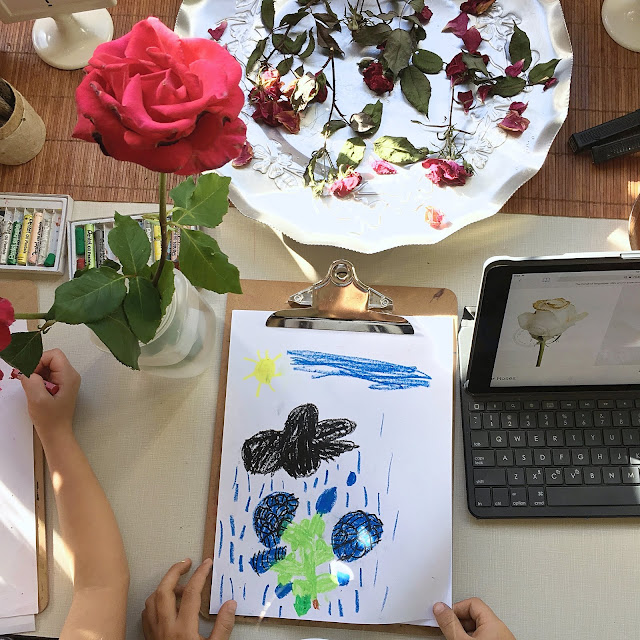
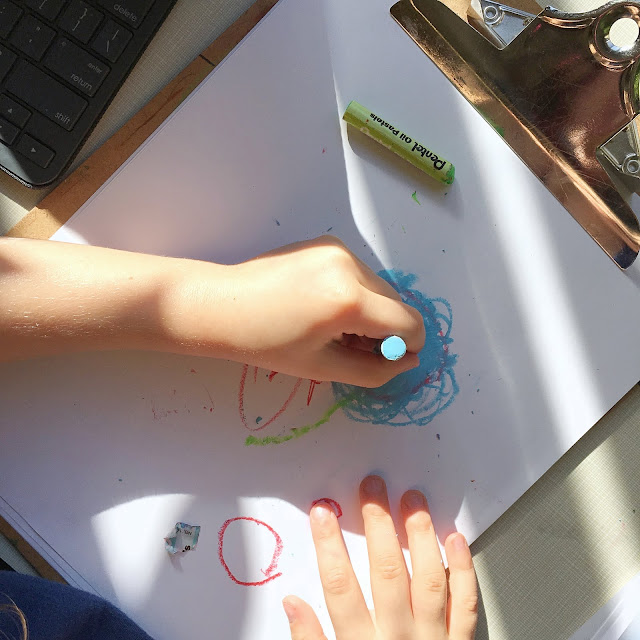
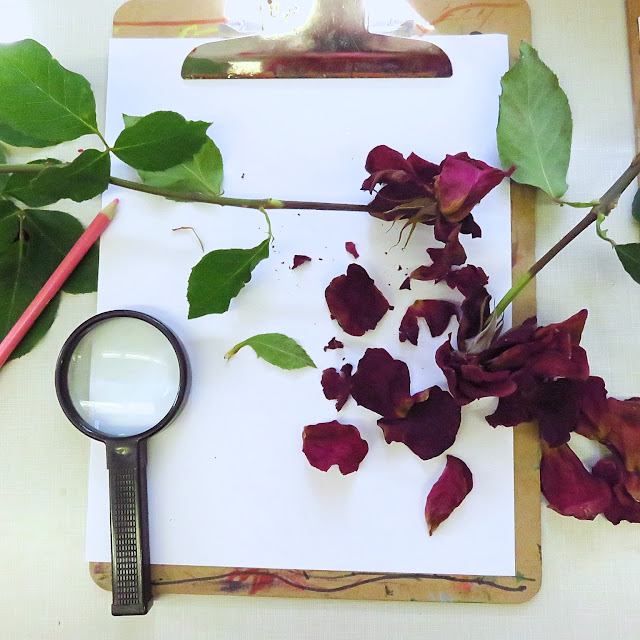
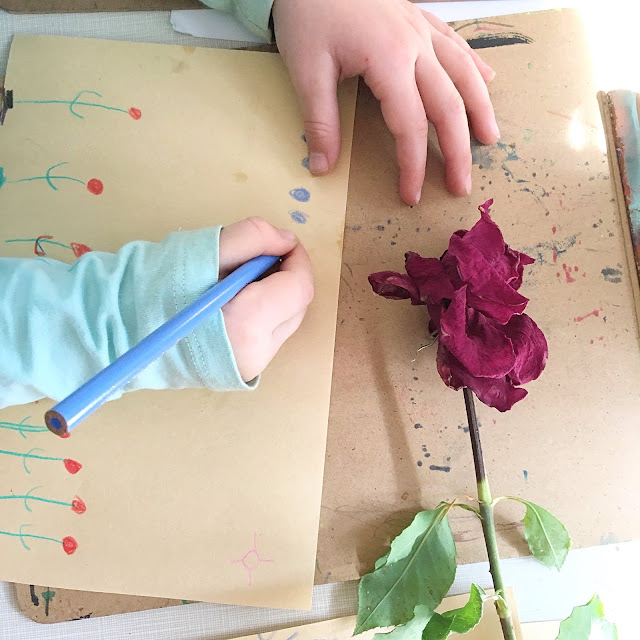
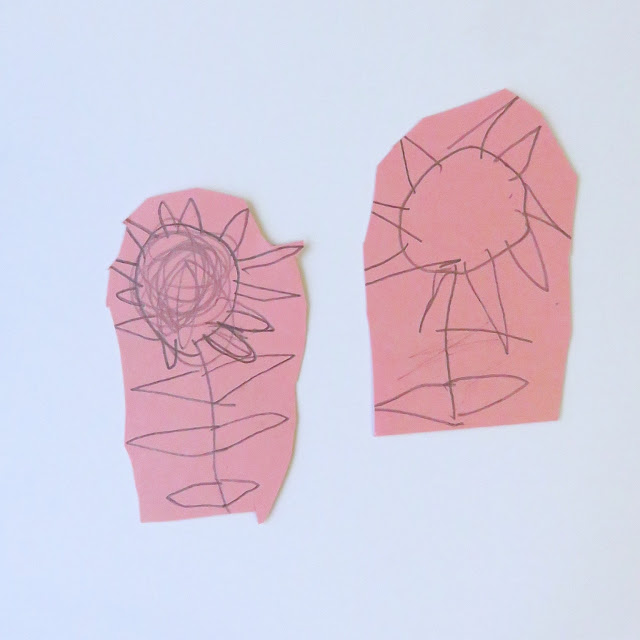
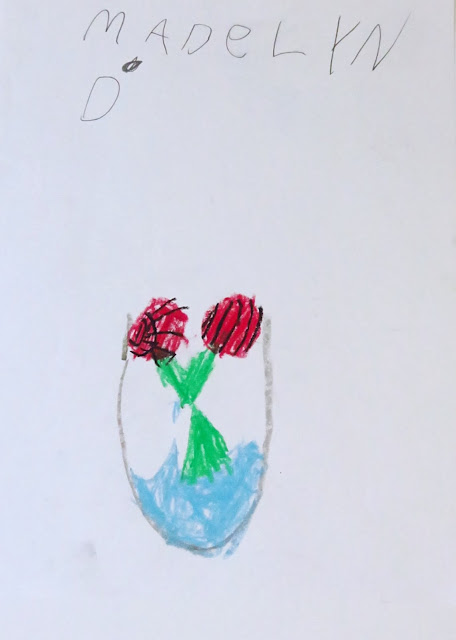
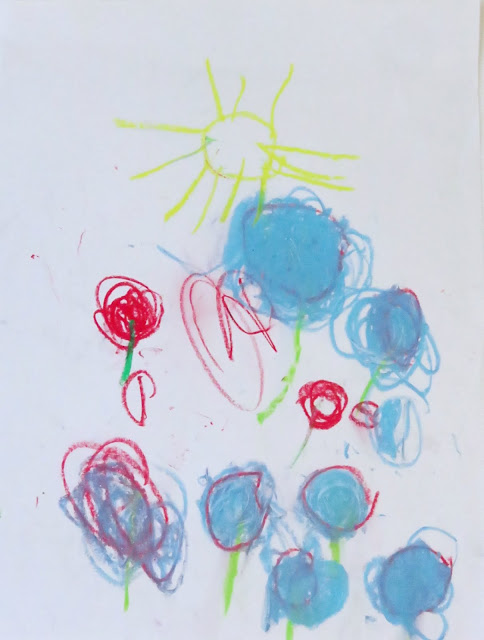
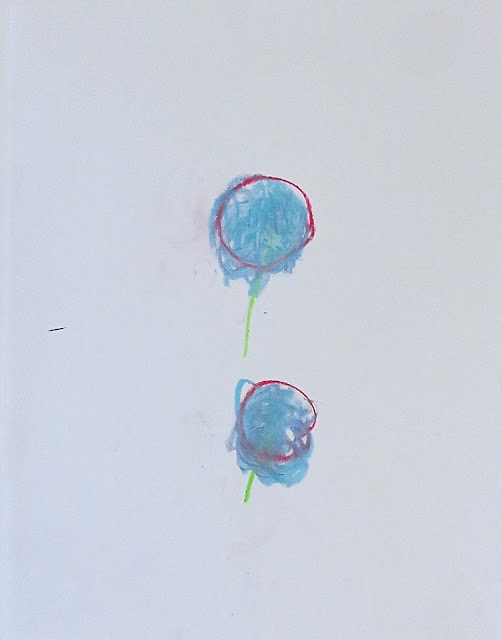
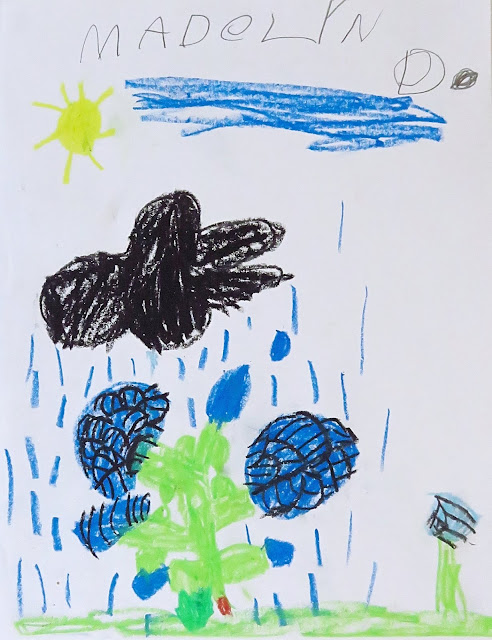
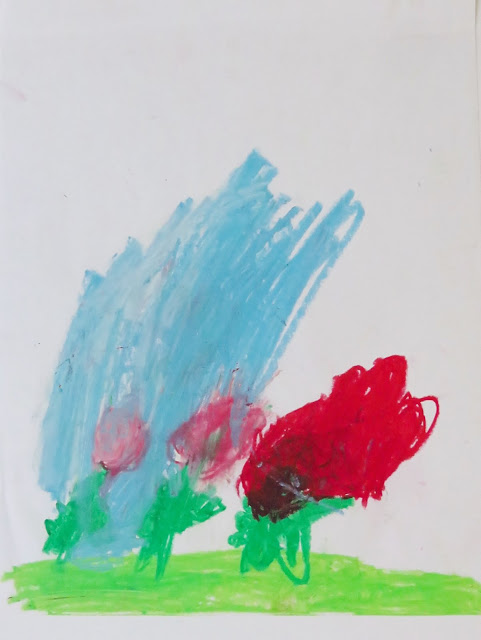
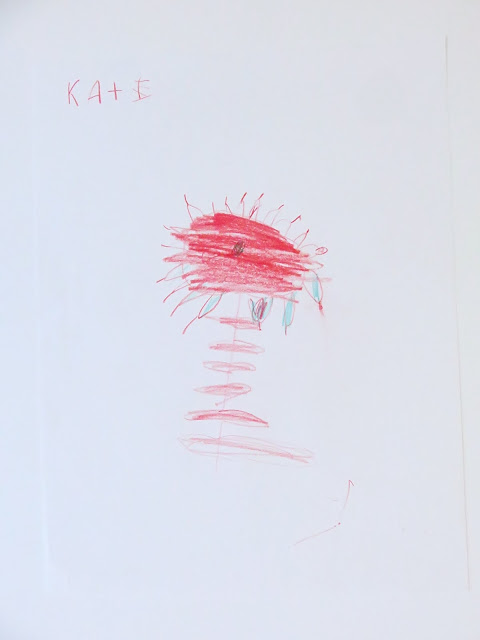
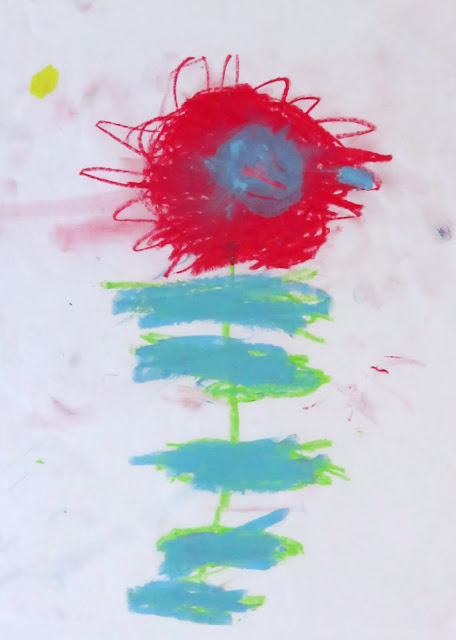
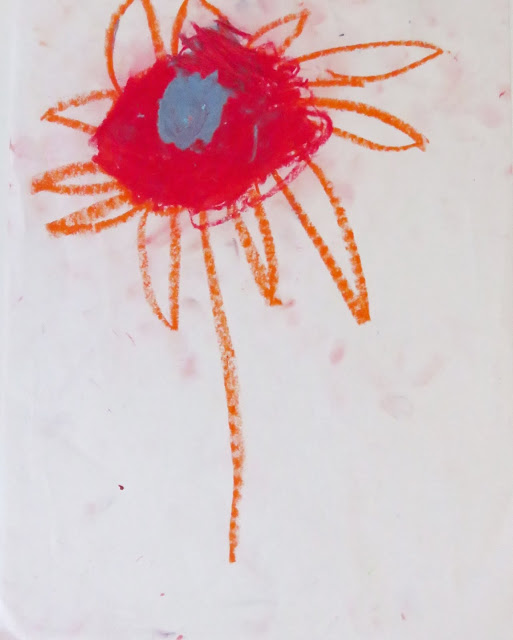
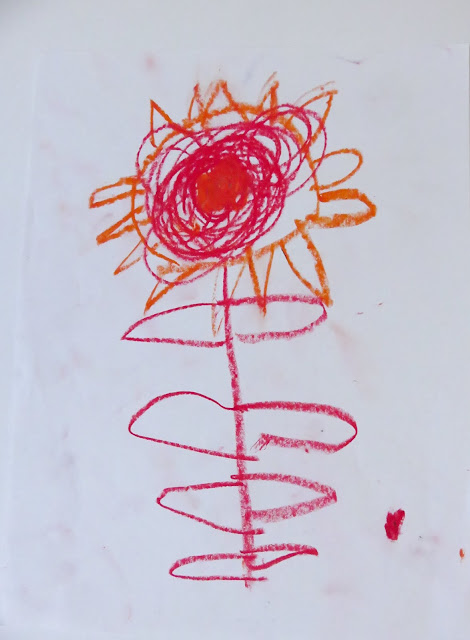
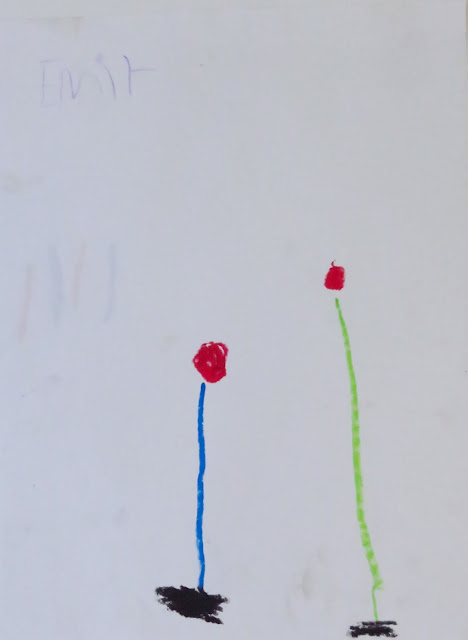
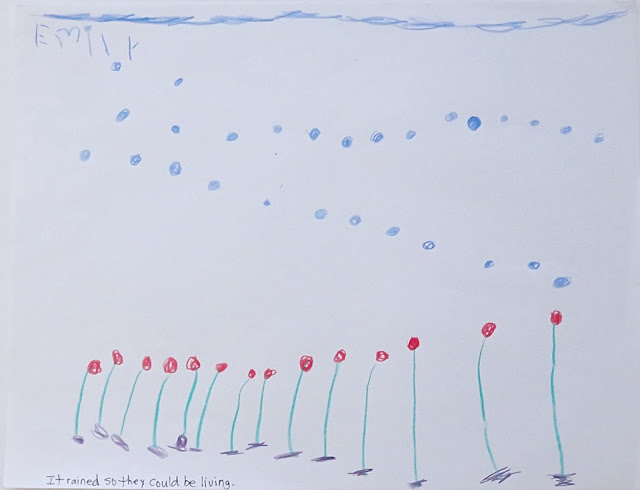

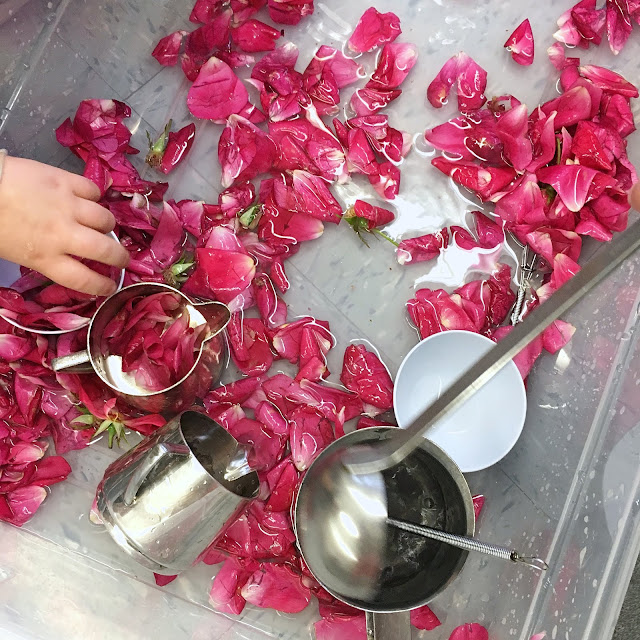
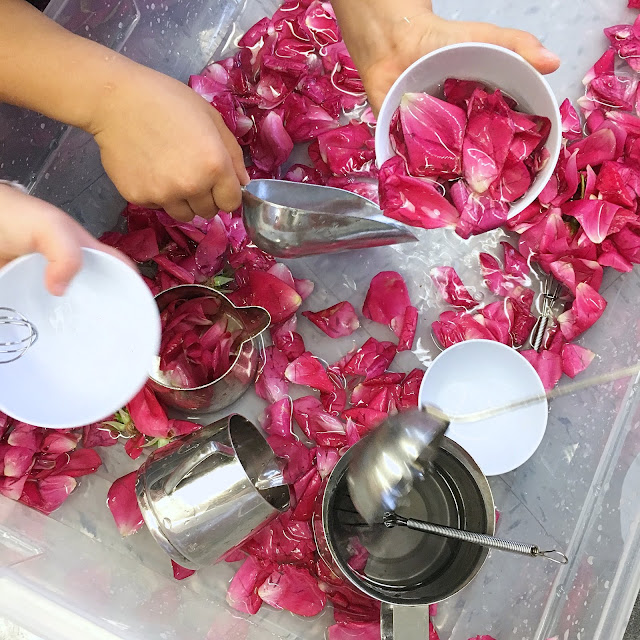
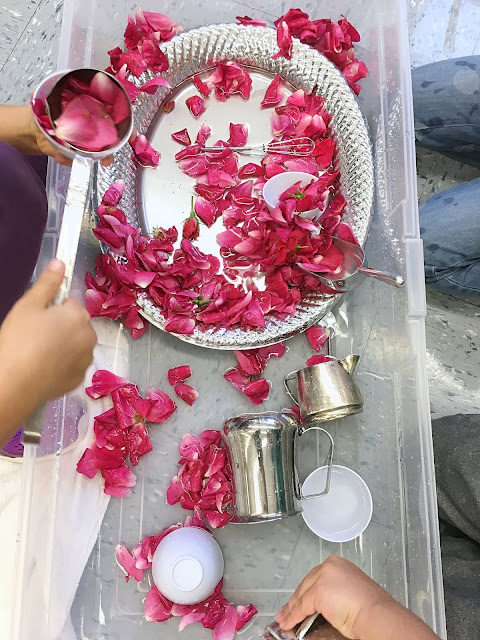

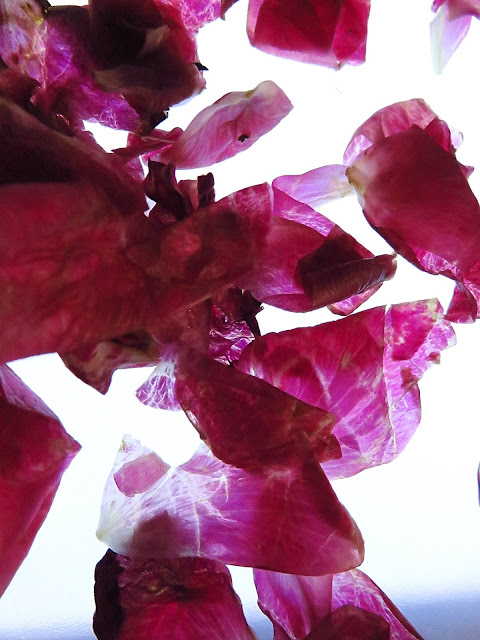
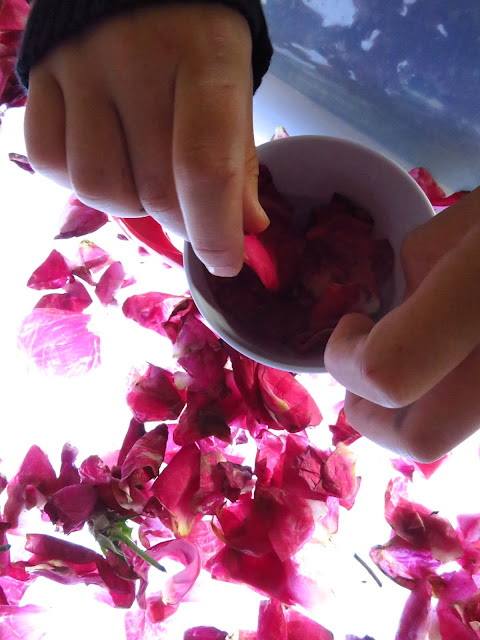
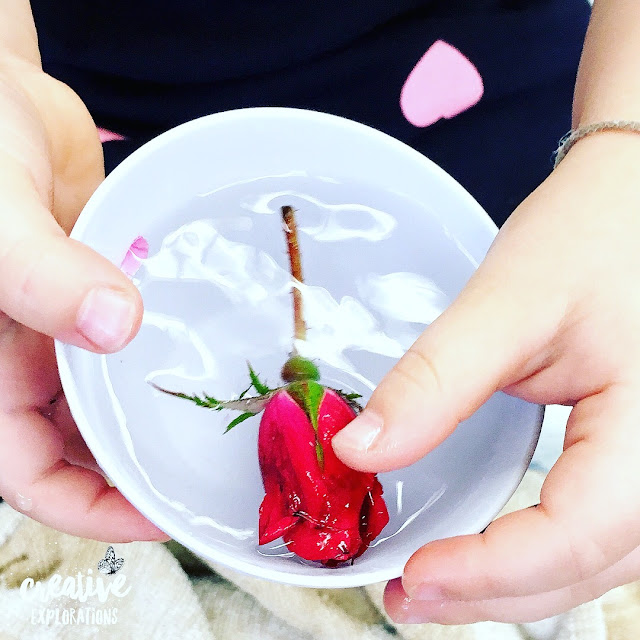


No comments:
Post a Comment